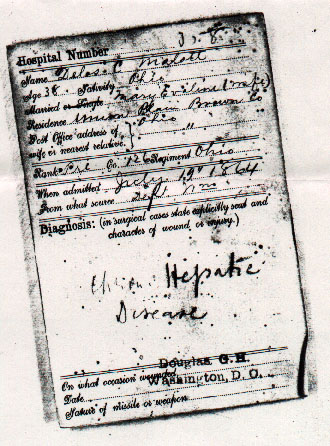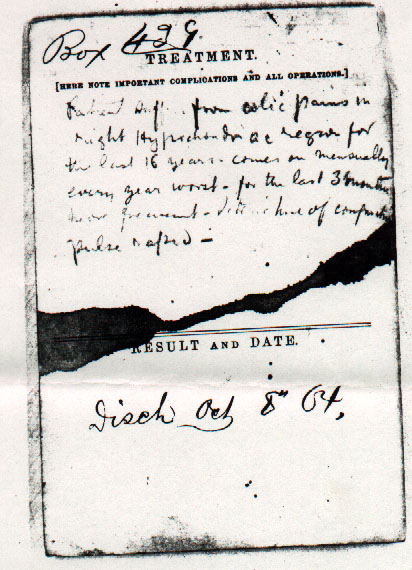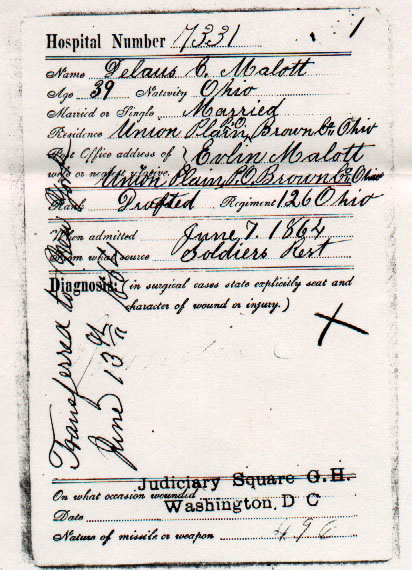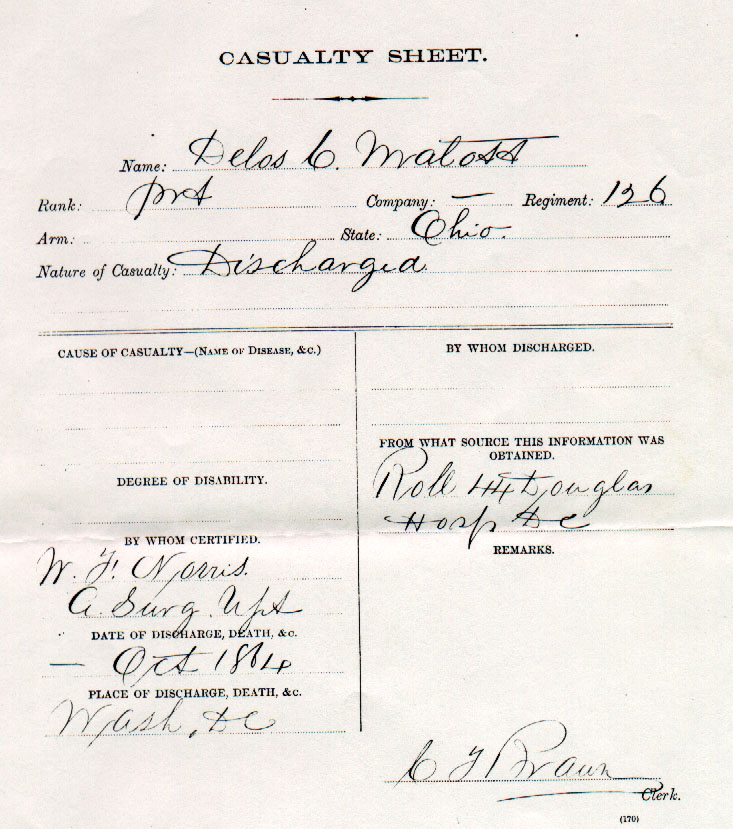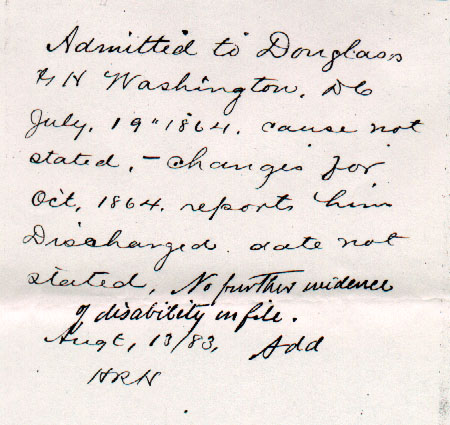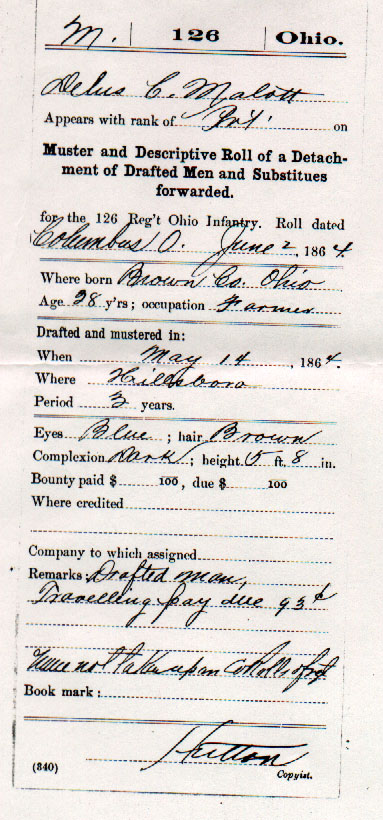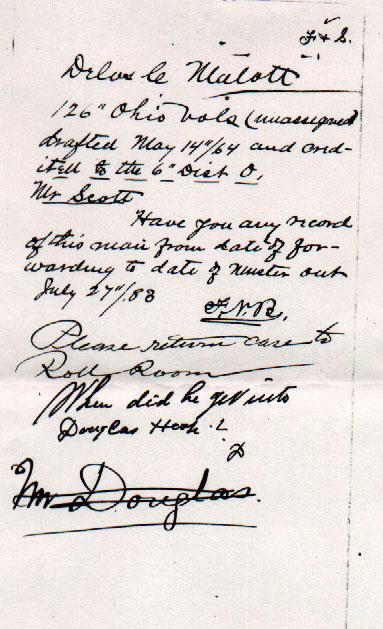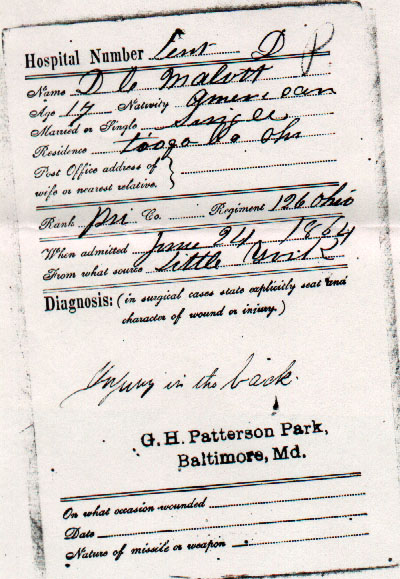Gedeon Merlet
Born 1624, Roucy, Champagne, France
Died Feb 1683, Mansfield, New Jersey
Fled the religious persecution in France, moving to the Leyden in the province of Zuid in the Netherlands.
According to his marriage record, Gedeon moved from Gouda in the Netherlands to Leiden during the month of Devember 1643.
Married Marguerite Martijn 21 Aug 1644 in the Walloon Church, Leiden, Netherlands.
Moved to Mannheim, Palatinate, Germany in about 1650, remaining there until their emigration to America.
Emigrated to New Amsterdam (New York) with his wife, four sons, his uncle Philip Merlet, and his wife’s cousin Jeanne Martijn, aboard the ship “De Purmerlander Kerck” on 12 October 1662.
Shortly thereafter, on 19 March 1663, Gideon, along with a number of other emigrants, petitioned the General and Council of New Netherlands for “grants of land and seed grain, with provisions for six months.” Gideon subsequently received a grant of land on Staten Island, and it is there that he and his family settled.
Occupied as a carpenter between 1625 and 1675.
Appointed constable of Staten Island in 1671 by Governor Francis Lovelace, and on 2/14/1674, he was appointed a magistrate by Governor Coive.
Later married a Mary Taylor??
Nicknamed “La Plante”
Died at Piscataway, NJ, after 11/1/1675 (when he received a land patent in Staten Island and at the mouth of the Fresh Kill), and prior to 3/20/1684 (when his sons listed the land as inherited)
Before 1643 he was from Gouda, from where he fled (he was a Huguenot) In 1643 joined the church in Leide (Leyden), Holland, where Anabaptists took him in. He was married there and his first three children were born there. Moved to Mannheim (Germany) in the 1650’s, where two more sons were born. Moved back to Holland between 1658 and 1662, and then moved to New Amsterdam (New York City) in 1662.
Married 6 (or 21?) August 1644 in Leyden, Holland, where he was a carpenter living in Sand Street. Best man was Phillippe Merlet (an uncle).
Father to Josue or Josias (bap. 9/17/1645, Leyden, m. Sarah Peatt Aliar Leflure, d. 1710, Woodbridge, NJ), Marie (bap. 11/11/1646, Leyden, died prior to 1662), Esechias (bap. 7/26/1648, Mannheim, died prior to 1662), Poulus Merle or Paul (b. 1653/4?, m. Jeanne Mereau, see this site, some sites claim Paul is also Esechias, but ocean passage record belies this?), Abraham Marlatt (bap. 2/7/1656, Mannheim, d. 1714, m. Elizabeth), Jean Pierre (John Peter, bap. 5/2/1658, q.v.), Anne (b. New Amsterdam [New York], died 8/25/1681, New York, drowned with a friend Mary Marshall, after a canoe overturned in Hellsgate on the East River).
Descendants also known as Marlatt, Marlette, Marlott, Merlette, etc. The name of Merlet (originally Marle or a diminutive or Merle or its diminutive) came to be pronounced “MAR-LETT” by the English-speaking neighbors of Gedeon Merlet or Marlett of Staten Island and New Jersey. The connection between the two names MARLE and MERLE, and later Marlett, Marlatt, and Mellott, can be traced back to French language and custom. For example, the arms of the MARLOT family of Champagne show three “MERLETTES” (martlets). Thus the merlette was the symbol in battle for the family named Marlot.
The French suffixes frequently changed to suggest a certain branch of the family. Both names may have been used interchangeably, but the English would definitely have prounced the spelling Merlet as MAR-LETT. I believe this is why so many of Gedeon’s descendants maintained that spelling. John Peter, evidently, dropped the “r” and was frequently referred to as John Peterson Melot, Mellat, or Mallat. Theodore’s 1694 baptismal record shows the spelling MELOT, which became Mellott among his son John Mellott’s descendants, mainly in Pennsylvania. Theodore himself signed his name MALOT, whereas most of his second wife’s (Catherine de la Chaumette or Delashmutt) children carried on the Malott spelling.
Gedeon Merlet was one of many Huguenots who found freedom from religious persecution in Holland during the first half of the 17th century. Under the promise of lands and aid in getting started in the New World, he with some twenty-nine other refugees came over to the New Netherlands in October, 1662, on the ship “Purmerland Church.” With him were his wife Marguerite Martin and four minor sons, namely Joshua, born 1647; Paul, born 1654; John, born 1656; and Abraham, born 1658.
Early in the year following his arrival, 1663, Gedeon Merlet, with six other Huguenot immigrants, joined in a petition to the Director General and the Council of New Netherlands for grants of suitable land, provision for temporary subsistence, and seed grain so that, as they stated, “the supplicants may exert their industry and zeal without obstruction in the cultivation of the land, not only for their personal benefit, but also for the welfare and good of the whole country. They also promised ultimately to fully repay the Council for such advances. This petition, the original of which is now on file in the state archives at Albany, was approved, and in the instance of Gedeon Merlet resulted in the assignment of land to himself and his sons in Staten Island, much of it in the vicinity and possibly covering the site of this church edifice. Here he lived the balance of his life, and his children grew to manhood.”
The fragments of the history of this period which have come down to us, in addition to records of land purchase and and transfers, indicate that Gedeon Merlet, during the first British occupancy of New Netherlands, was appointed by Governor Francis Lovelace as a constable in Staten Island (April 20, 1671). A little later, under the very brief re-occupancy of the Colony by the Dutch, he was appointed by Governor Colve as a magistrate (February 14, 1674). We have no record of his death, which must have occurred prior to 1683, as indicated by the inheritance and division of his land.
Information from this site.


